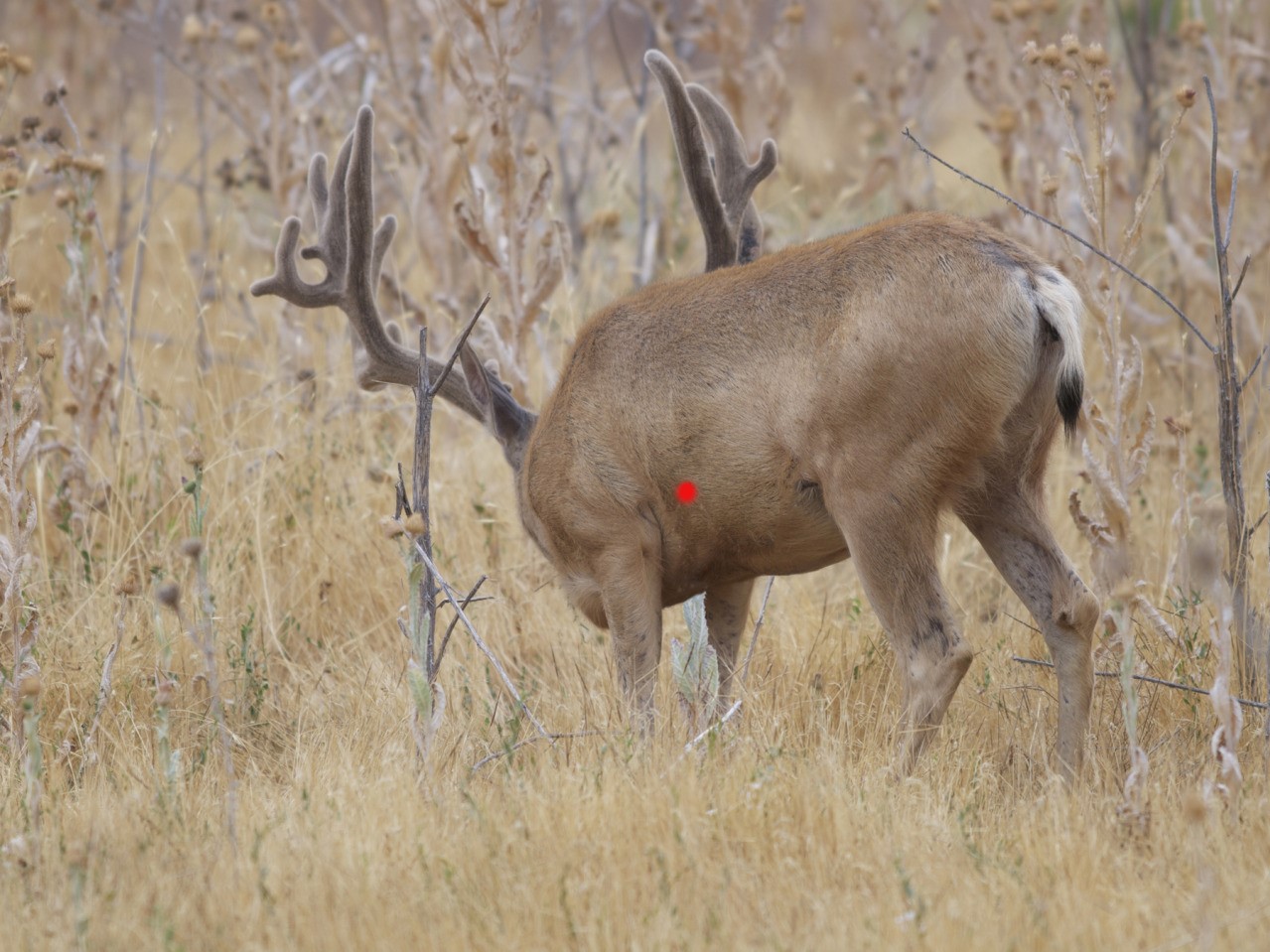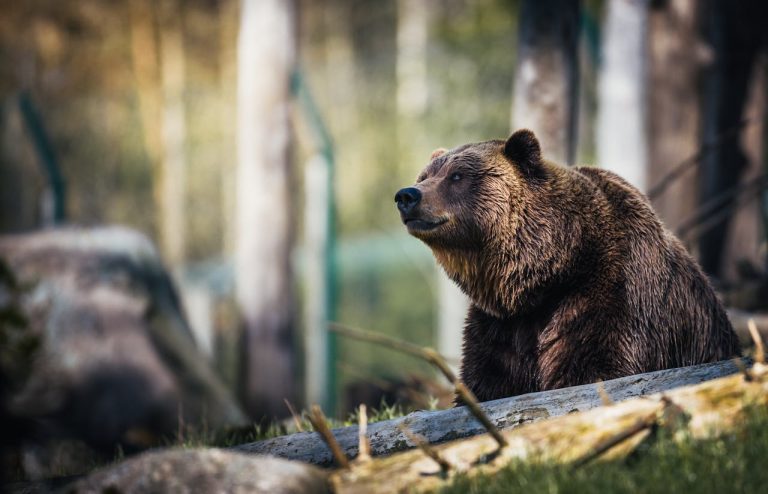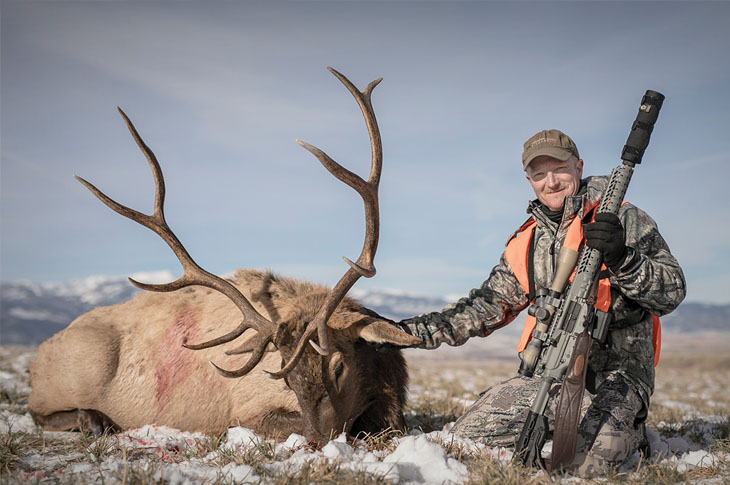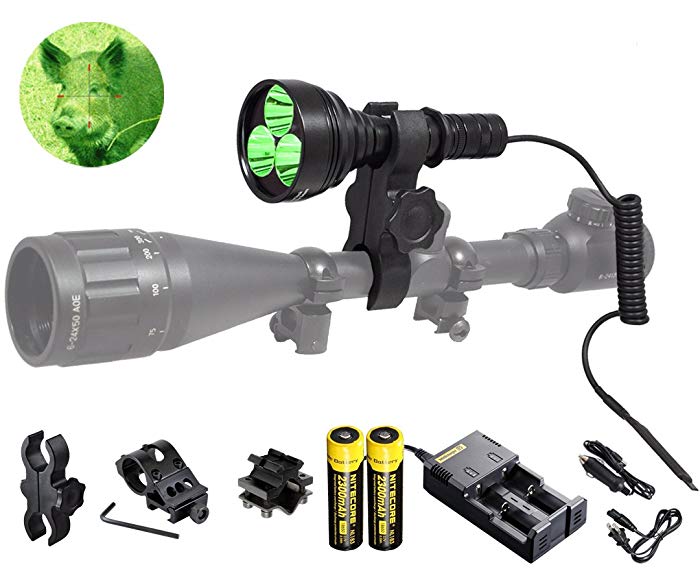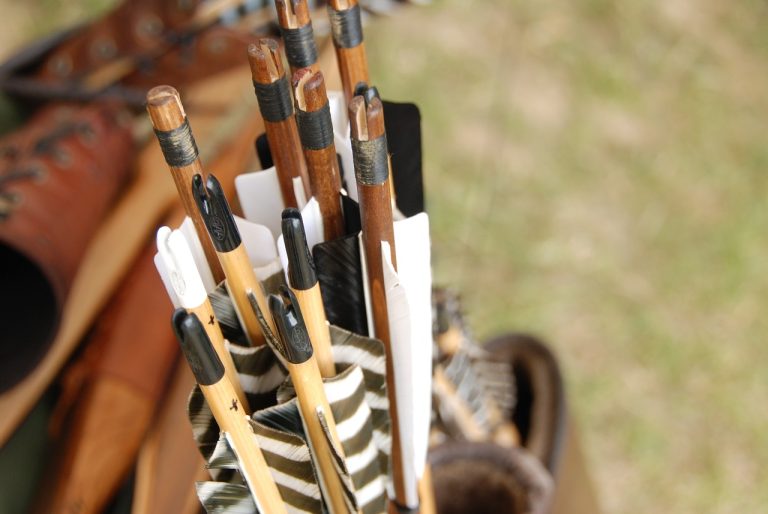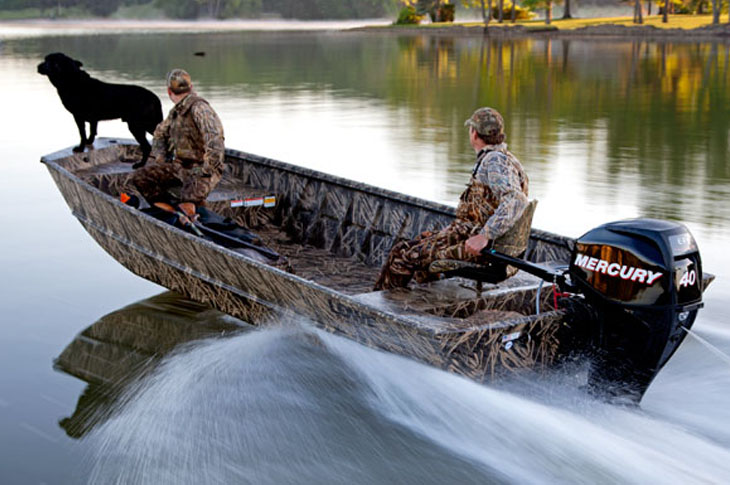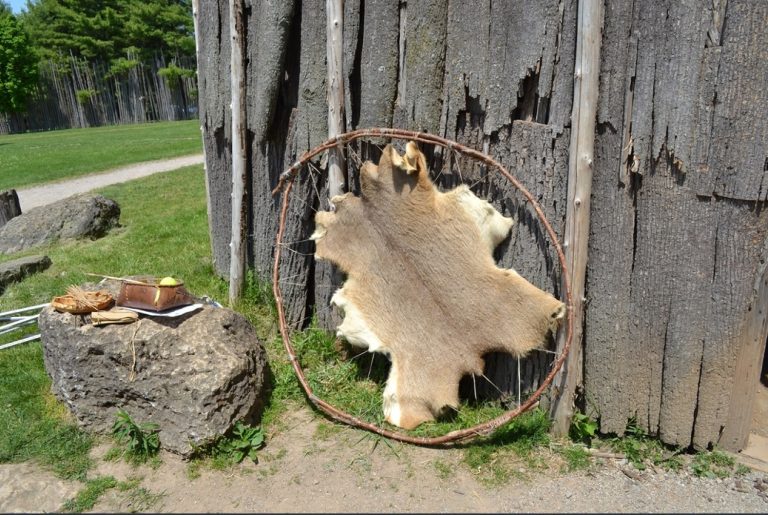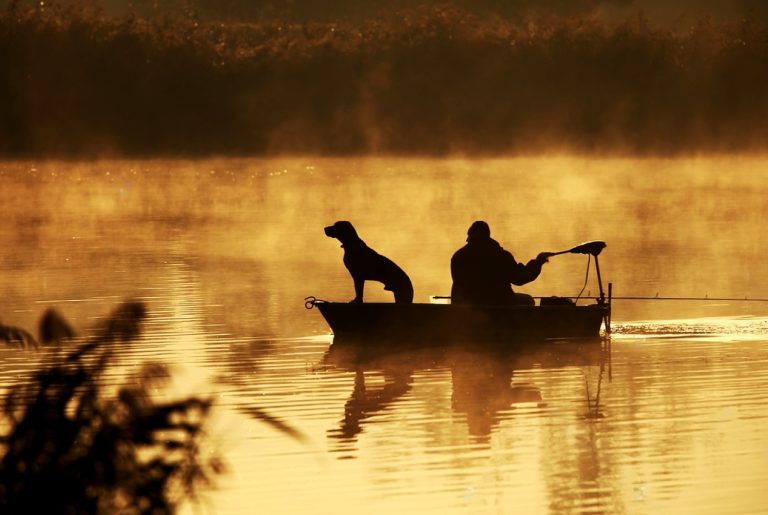
Responsible bow hunting requires both knowledge and skill; knowledge on where to shoot a deer with a bow, and skill to actually carry out a successful shot. Hunting deer with a bow offers you minimal damage to the animal and as little noise as possible. However, it requires both experience and skill in order to have a nice, clean shot almost 100% of the time.
In this article, we are going to talk about an important part in bowhunting, which is where to shoot a deer with a bow. Before you go on your first deer hunting trip, you need to be able to distinguish the parts of the deer’s anatomy that will ensure a quick kill. With this knowledge, you lessen the chances of a potential kill running away from you as well as make the animal suffer less. This is the responsible and humane way of hunting.
There are specific places on the deer’s body that can ensure a quick, easy kill if done right. When you find yourself faced with a nice deer at ground level, here are the possible places where you can aim:
- The Heart
Shooting the deer at the heart will ensure a quick kill. With the deer facing you broadside, draw a full bow and aim four inches behind the front shoulder and a 1/3 up the brisket area. However, this shot can be very tricky for inexperienced bowhunters. Aiming too high or low can hit a non-fatal part of the deer.
A shot that is too high can hit the deer’s spine or shoulder blade, while a too low shot can hit the brisket part of the deer. These areas won’t easily kill a deer. Thus, I recommend only using this shot if you are sure that you have a perfect aim and a good angle from where you are crouching. Otherwise, you may lose a great kill.
- The Lungs
Aiming for the lungs can incapacitate a deer quickly and death may follow shortly. However, take note that your arrow has to pierce both lungs in order for the deer to die quickly. In deer, a single collapsed lung may not kill it right away because the other lung can function on its own. In order to save yourself a messy and tedious blood trail hunt, aim to pierce both lungs of the target.
Positioning of the Deer

Broadside
If a deer’s broadside is facing you, you can easily position your aim on its body since you can easily estimate where the heart and lungs are (if you know your deer anatomy). This positioning will lessen the chances of hitting a non-vital organ or merely wounding the deer.
Quartering Away
A deer will not always give you the convenience of a broadside shot. Another good shot is the quartering-away shot. In this shot, the deer will be almost facing away from you. From the side, you can see your aiming point, which are ideally the heart or lungs. Aim in line with deer’s leg at about halfway up the torso.
Where not to Shoot a Deer
These are places that will not guarantee a quick or ethical kill. If you can, refrain from doing these shots as much as possible. Patience is key, and always wait for the “perfect shot”.
Head Shot
Experienced hunters can carry out a head shot effectively. However, if you are not so experienced, aiming for a head shot can only wound the animal or cause it to scurry away.
So say you’ve got the target’s head locked on sight, but once you’ve released the arrow, the sound of the bow string can spook the deer and cause it to move its head. Note that deer are skittish animals, and they can easily perceive sound from their surroundings.
If a deer turns its head while the arrow is in mid-air, you can miss the brain altogether and just end up wounding the deer.
The Front Facing Shot
Do not shoot a deer when it’s facing you head-on. Not only is this shot prone to having a large margin of error, but it’s also more difficult to determine where you are going to aim at.
Conclusion
As a hunter, knowing where to shoot a deer with a bow is vital information. Knowledge on the anatomy of the deer as well as proper placement of aim are needed so that you can easily kill the animal. This will allow for a humane kill due to less suffering of the animal.
If you enjoyed this article or have any questions about it, feel free to leave them in the comments below. Thanks for reading!

